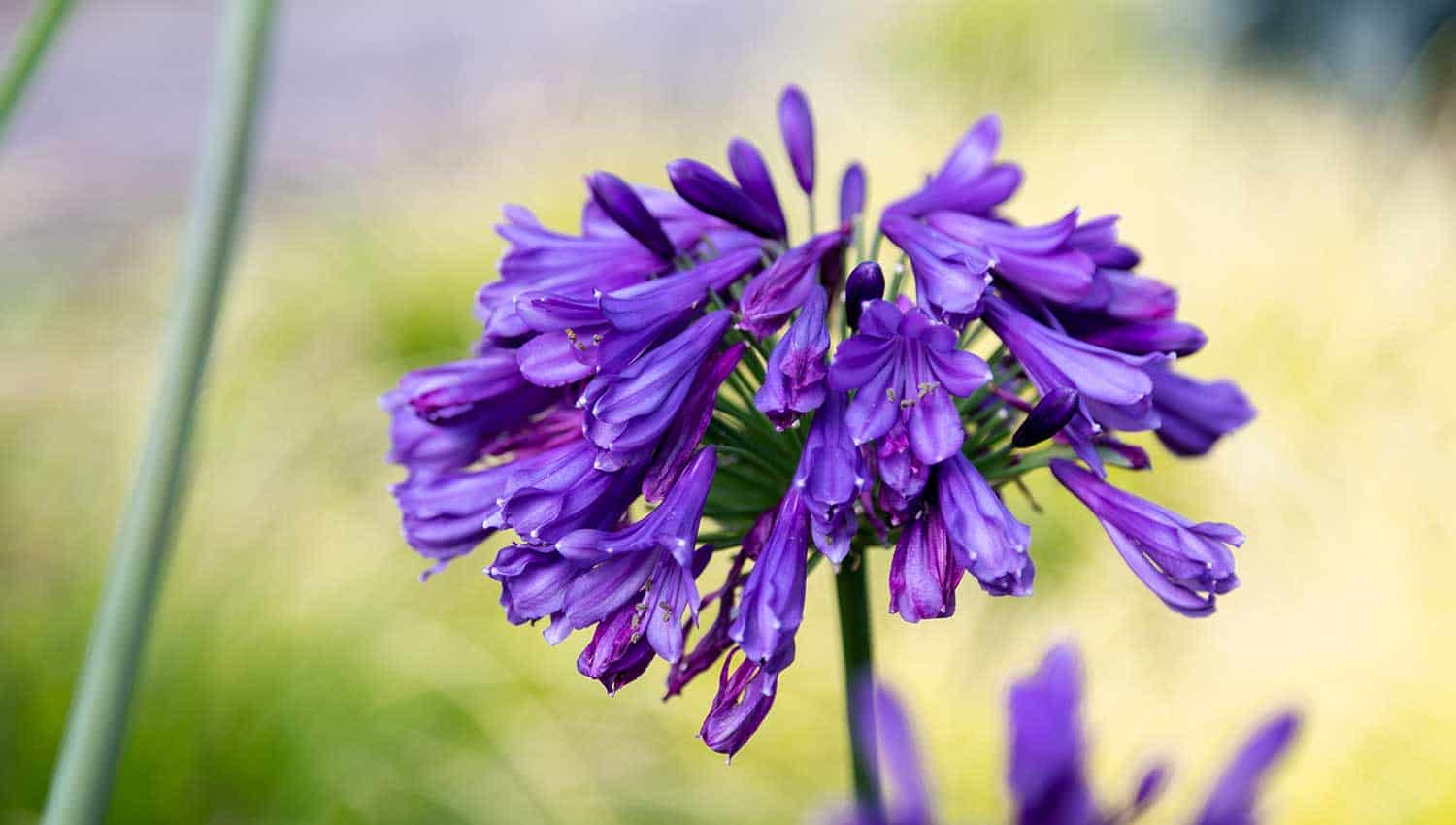Mastering the Art of Agapanthus Treatment: Important Steps for Healthy And Balanced Development and Dynamic Blossoms
In the world of cultivation, the growing of agapanthus stands as a fulfilling venture for those who look for to nurture these elegant blooming plants. With their striking blossoms and elegant foliage, agapanthus has caught the attention of garden enthusiasts worldwide. Nevertheless, achieving ideal growth and vivid blossoms calls for a nuanced technique that encompasses different important actions. From choosing the appropriate range to understanding trimming techniques, the trip in the direction of cultivating flourishing agapanthus plants is complex and holds the essential to opening the full capacity of these herb treasures.

Picking the Right Agapanthus Range

When choosing the right Agapanthus selection for your garden, take into consideration aspects such as climate viability, bloom shade, and growth habit. Additionally, take into consideration the climate in your area to guarantee the Agapanthus selection you choose can thrive in your certain conditions. Recognizing the growth routine of different Agapanthus selections is essential for correct placement within your yard.
Ideal Growing Conditions
Taking into consideration the optimal ecological requirements is necessary for successful Agapanthus cultivation. Agapanthus plants are delicate to cold temperature levels and should be safeguarded from frost during winter months.
To make sure healthy and balanced development and dynamic blooms, plant Agapanthus light bulbs at a depth of about 2-4 inches and area them 8-12 inches apart. Including natural issue, such as garden compost, to the dirt can boost drainage and fertility, promoting robust root development. Mulching around the base of the plants helps retain moisture and suppresses weed growth. Regular watering is important, specifically throughout the expanding period, to maintain the soil regularly wet yet not saturated.
Watering and Feeding Tips
Preserving appropriate moisture levels and giving vital nutrients are crucial aspects in the care program for Agapanthus plants. It is vital to strike an equilibrium when it comes to watering Agapanthus. If overwatered, these plants prefer consistently wet soil yet are vulnerable to root rot. Throughout the growing season, water deeply as soon as a week, guaranteeing the dirt is well-draining to stop waterlogging. In hotter climates or during durations of drought, even more frequent watering may be required to keep the dirt evenly damp. Nevertheless, decrease watering in the wintertime to stop water logged conditions.
Fertilizing Agapanthus is important for advertising healthy and balanced growth and respected flowers. Apply a well balanced plant food, such as a 10-10-10 formula, in the very early spring as brand-new development arises. By adhering to these watering and fertilizing pointers, you can ensure your Agapanthus plants prosper and create lively, resilient blooms.
Pruning Techniques for Agapanthus
Trimming Agapanthus plants at the proper times and with proper strategies is important for preserving their wellness and advertising optimum development and flowering. The perfect time to prune Agapanthus is in late wintertime or very early spring prior to new growth arises. Start by removing any dead or yellowing fallen leaves near the base of the plant. Cut them as close to the ground as here are the findings feasible without damaging the emerging shoots.
For flowered stems, wait up until the blossoms have actually withered and after that cut them back to the base. This not just tidies up the plant's appearance yet also encourages the growth of new flower buds. Deadheading invested blossoms can also redirect the plant's power right into creating more blossoms instead than setting seeds. Nevertheless, if you wish to gather seeds for propagation, leave some blossoms to fully grown and completely dry on the plant.
Keep in Get More Information mind to use clean, sharp tools to make exact cuts and minimize the threat of presenting conditions. Agapanthus. Normal pruning will assist maintain your Agapanthus looking healthy and cool while ensuring a bountiful display of stunning blossoms
Managing Usual Insects and Diseases
After ensuring proper trimming techniques for Agapanthus, it is important to address usual pests and conditions that can influence the health and wellness and vitality of these plants. One typical bug that impacts Agapanthus is the Agapanthus gall midge.
Another typical concern is fungal fallen leave area, which offers as dark lesions on the fallen leaves. To avoid fungal conditions, guarantee excellent air circulation around the plants, prevent overhanging watering, and eliminate any infected fallen leaves promptly. Furthermore, Agapanthus plants can deal with origin rot if they are planted in poorly draining pipes soil. To avoid this, plant Agapanthus in well-draining soil and prevent overwatering. By being vigilant and taking prompt action versus diseases and bugs, you can aid your Agapanthus plants prosper and create vivid blooms.

Conclusion
Finally, mastering the art of agapanthus care entails selecting the best range, supplying suitable planting conditions, appropriate watering and feeding, proper trimming methods, and attending to common bugs and conditions. By adhering to these vital actions, you can guarantee healthy and balanced development and lively blooms for your agapanthus plants. Keep read this article in mind to frequently keep an eye on and preserve your plants to advertise their total wellness and longevity.
To ensure healthy and balanced development and dynamic flowers, plant Agapanthus light bulbs at a deepness of regarding 2-4 inches and space them 8-12 inches apart. By complying with these watering and fertilizing ideas, you can ensure your Agapanthus plants flourish and create dynamic, lasting blooms.
One usual bug that impacts Agapanthus is the Agapanthus gall midget. In addition, Agapanthus plants can suffer from root rot if they are planted in poorly draining dirt. By following these important steps, you can make certain healthy development and vibrant flowers for your agapanthus plants.